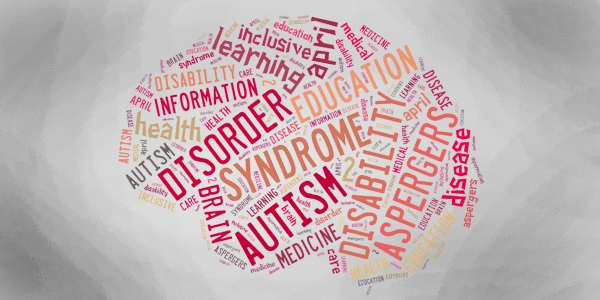The 5 Most Common Mental Disorders in Children

*Written by guest blogger Katie Bassett who handles public relations for Safer-America, a consumer advocacy group that provides public safety awareness information.
It is estimated that one in every five children ages 13-18 have or will have a serious mental illness, and only 50% of youth ages 8-15 received mental health services in the past year. An untreated mental disorder can increase in severity, which makes treatment more difficult. Additionally, those children left untreated have a higher risk of developing other mental illnesses.
Learn about the 5 things every child needs for good mental health here!
What are the most common mental disorders children develop?
There are countless numbers of disorders which affect each child differently. Among the large scale, the following disorders occur most frequently:
- Anxiety disorders, such as separation anxiety and panic disorders, are often seen in younger children who form a strong dependency on an adult.
- Depression is a very common mood disorder that 10-15% of children and adolescents experience before they reach adulthood.
- Attention deficit hyperactivity disorder, commonly referred to as ADHD, is a disruptive behavioral disorder which affects a child’s attention, hyperactivity, and impulsiveness.
- Autism spectrum disorder is a developmental disorder that impairs a child’s communication and social interaction. In the past 10 years, there has been a huge increase in efforts to identify the cause of this disorder since we have seen such a massive diagnosis increase.
- Eating disorders generally develop alongside another mental disorder. Problematic eating behaviors can include anorexia, bulimia, or binge eating.
There isn’t one single cause when a child develops a mental disorder, a complexity that contributes to the reason most children go untreated. Different risk factors can be associated with children with mental disorders.
- Biological factors are dependent on the neurotransmitters in a child’s brain. An imbalanced level of neurotransmitters can indicate a mental disorder. Often the levels of serotonin in a child’s brain can be a factor.
- Child development specialists have found that the environment a child is exposed to can have lifetime effects. Environmental stress, including traumatic events and abuse, can affect a child’s mental abilities and may increase the risk of a child developing a mental disorder.
- Psychological factors, which include low self-esteem and poor body image, affect how children perceive themselves and can rework their mental state.
- Brain injuries can greatly increase the risk of a child developing a mental disorder. Brain injuries resulting from an accident or abuse can stunt brain development and further alter a child’s mental state.
How to help
By understanding these common disorders and the factors that might be hindering a child’s development, we can help them get the supports and interventions they need. Every community should work to promote healthy brain development and build resilience in children. Learn more at www.kvc.org/neuroscience.
If you have questions about your child’s mental health, consult an expert at KVC. Our children’s mental health hospitals specialize in helping children with mental health problems. Services are available 24-hours a day by calling 1-866-KVC-CARES (582-2273).

Related article:




